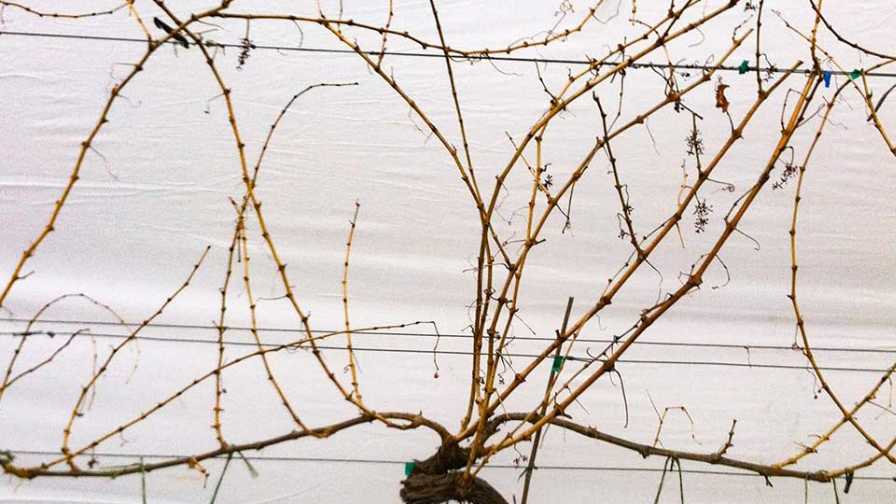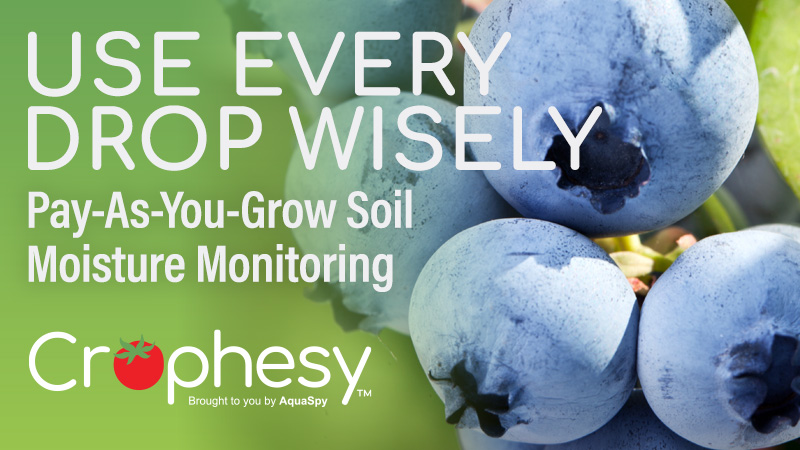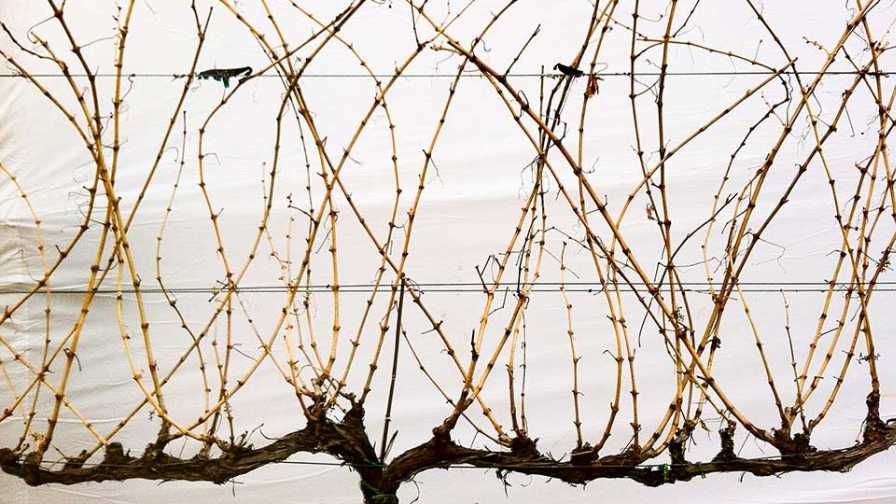Lessons Learned From Vineyard Pruning in the Mid-Atlantic
Everything flows over time. Viticulture is no different. I have worked with wine grape growers in Virginia for 10 years now. The most prominent change I see over the past decade in Mid-Atlantic vineyards is the change of pruning styles.
Perennial cropping systems do not change overnight, but I have seen a shift to new vineyards being installed with head training and cane pruning in mind rather than the more traditional cordon training and spur pruning. Both are effective training systems of wine grapes in the Mid-Atlantic, and each pruning system has its own signature.
Briefly, the big difference between the two systems is how much perennial wood and what bud locations are retained on the vine at dormant pruning. With cordon training and spur pruning, a cordon or a horizontal trunk is retained, and the previous year’s shoots are pruned back to retain the lower nodes of the cane. Most commonly, one or two buds are retained at each spur location.
With cane pruning in the Mid-Atlantic, two shoots emerging from the head region from the previous year are retained and fixed to the fruiting wire.
The significant difference between the systems is the degree of shoot thinning needed. In our humid environment, a shoot density of three to five shoots per linear foot of canopy is necessary to keep canopy congestion at bay. If the canopy is congested in our environment, we will not be able to keep fungal diseases at bay.
With head training and cane pruning, we can see the total number of buds retained at dormant pruning. With cordon training, we do not see the latent buds located on older wood. These latent buds develop into shoots that should be thinned to open the canopy. Cordon-trained vines are notorious for requiring multiple passes of shoot thinning. With cane pruning, only a quick shoot thinning is necessary around the head region of the vines.
Less shoot-thinning labor is required with cane pruning, but total labor per year is probably the same with these two training systems. Cane pruning takes more time during dormant pruning because the canes need to be tied to the wire.
Dormant pruning takes place before the growing season and, therefore, has a larger timeframe to complete the task than shoot thinning. Shoot thinning is a time-sensitive vineyard task. When shoots are less than 10 inches, they may be easily removed by a worker’s finger. If that window of shoot development is missed, shoots require being cut out with pruning or harvest shears. Selecting and cutting out unwanted shoots takes more time per shoot. If the timing is off for shoot thinning, the amount of time necessary to complete this task can easily double.
Now with cane pruning, a new cane is laid down every year. Shorter canes (less than 2.5 feet) are preferred over longer canes. For this reason, vine planting density at or less than 5 feet have been preferred over vines spaced greater than 5 feet.
Vineyard Density
Vineyard design decisions do not take place in a vacuum; changing one design aspect will affect another. Increasing the planting density for a vineyard increases the cost of vineyard establishment; more vines and more labor to plant those vines are required. Spur-pruning is still utilized in the state. It works well for vines spaced farther than 5 feet apart and for those growers using a divided canopy. For growers with spacing at or less than 5 feet between the vines, cane pruning is a great option. Pruning system is another tool in a grower’s toolbox to match their farming practices to their goals.
For example, at my home farm we have a block of ‘Cabernet Franc’ planted at 6-foot spacing. In this ‘Cabernet Franc’ block we use cordons with spur pruning. We are then able to divide the canopy vertically. We have a new block of ‘Petit Manseng’ planted at 5-foot spacing, and here we use head training and cane pruning with vertical shoot positioning. Both blocks produce well for us. The most important part: Great wine is being made using both training systems!












